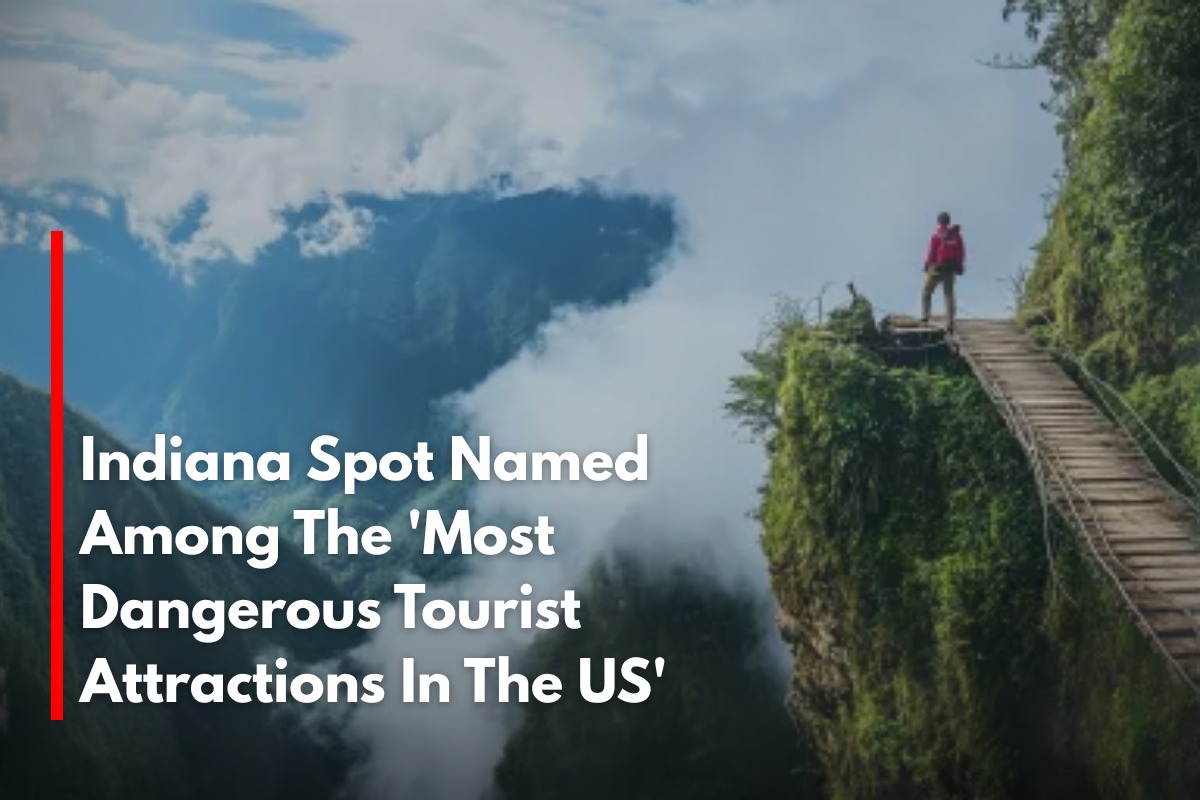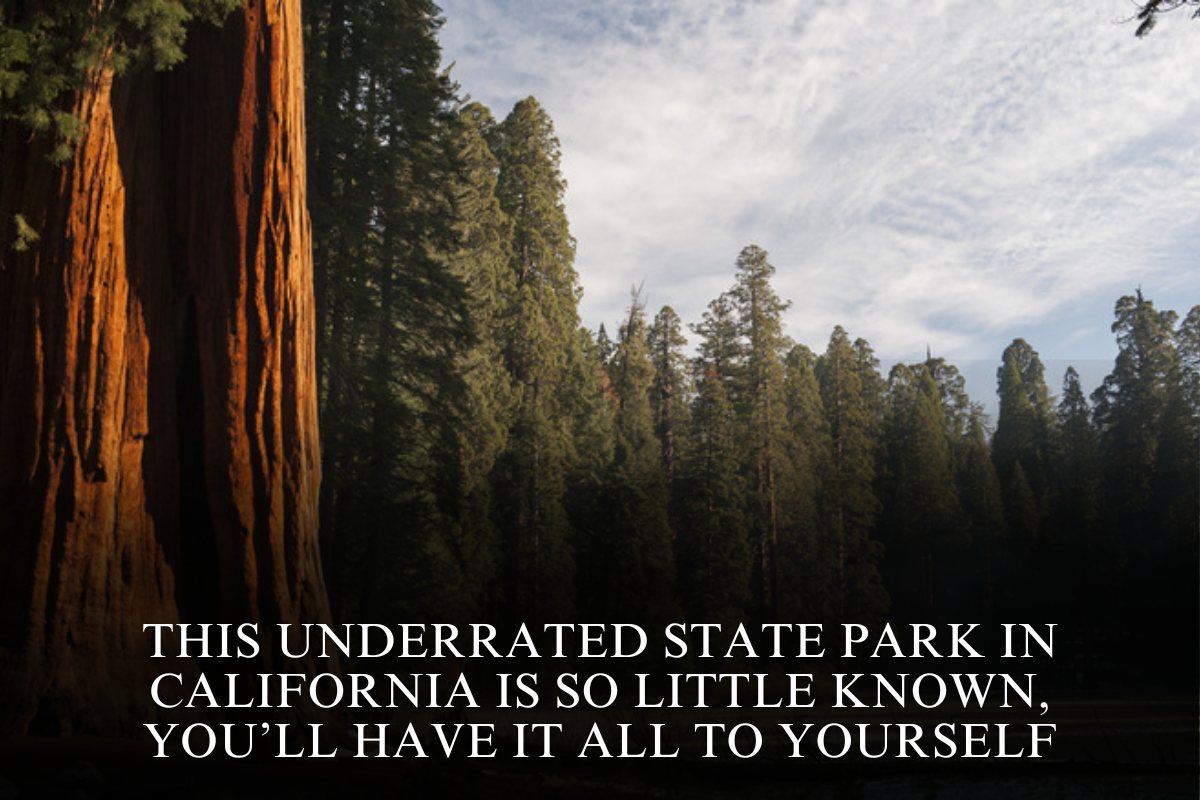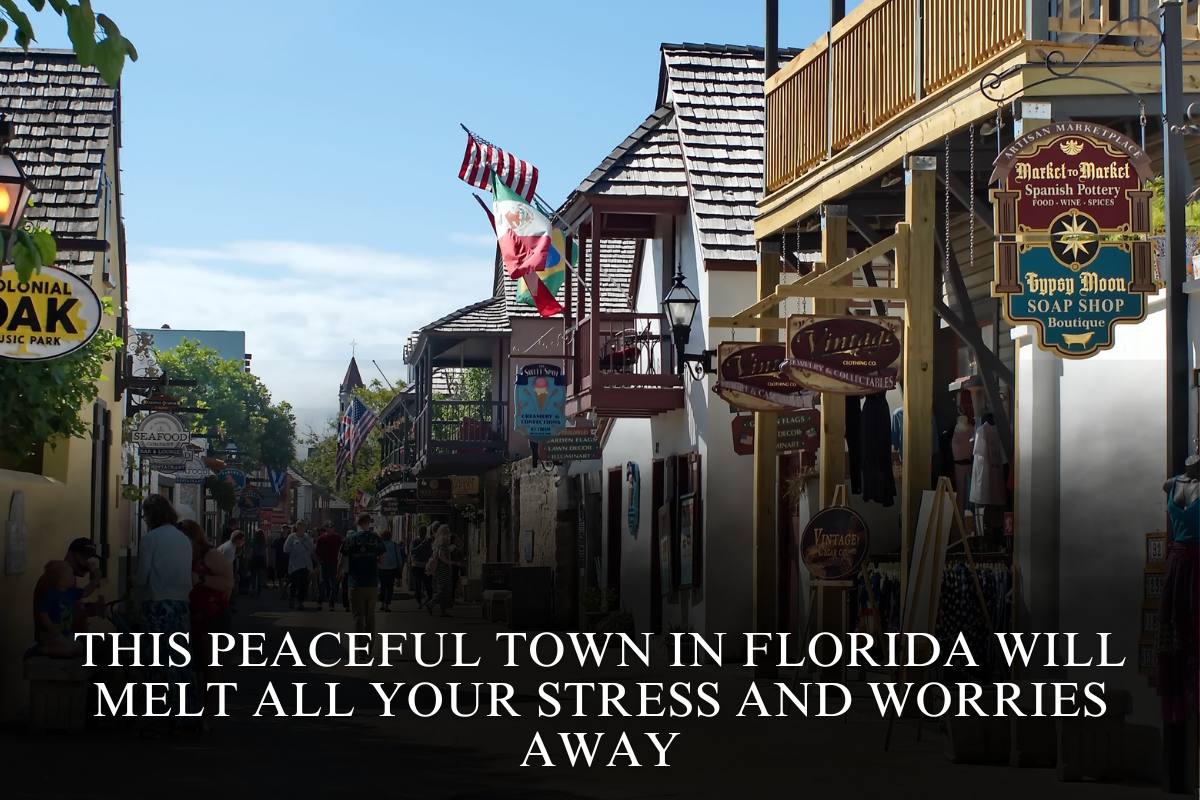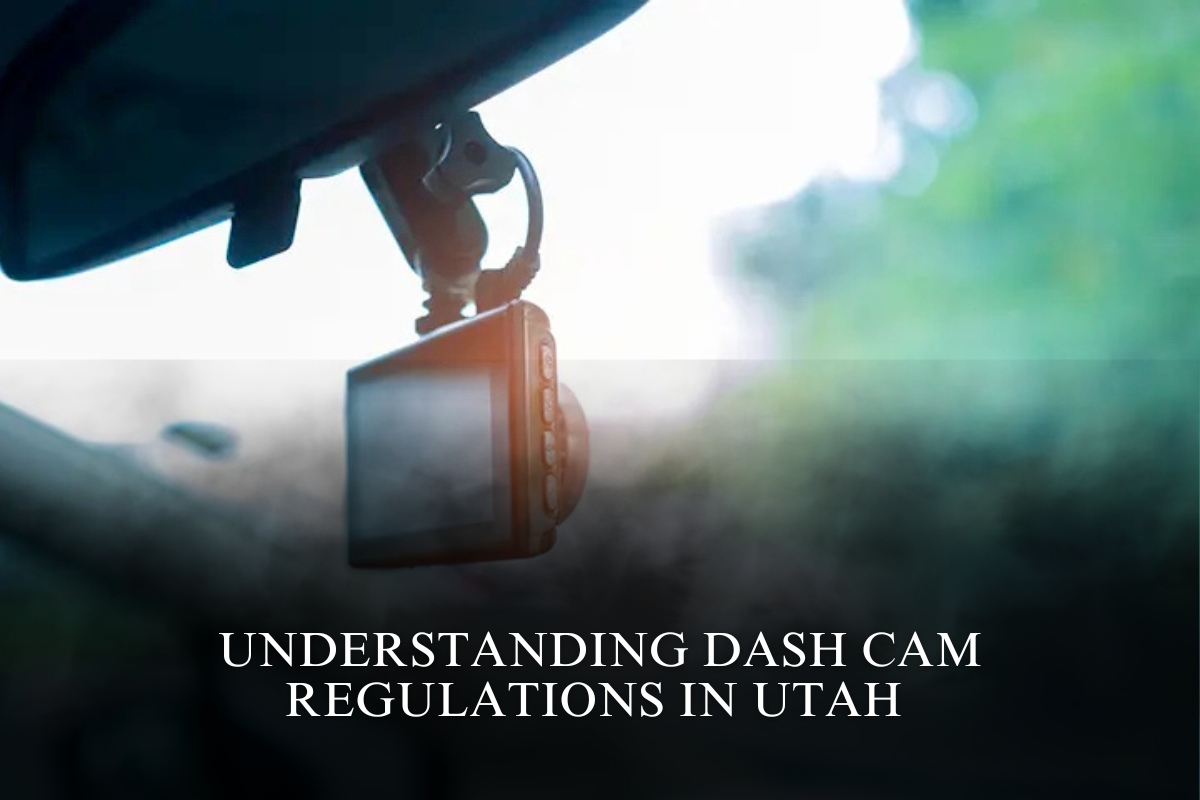Natural Wonder on the Lake’s Edge
Indiana Dunes National Park, stretching along the southern tip of Lake Michigan, is one of Indiana’s most visited and awe-inspiring tourist destinations. But behind its sun-drenched sands and rolling dunes, the park harbors hidden dangers that have earned it recognition as one of the most dangerous tourist attractions in the United States.
The Allure of the Dunes—and Their Risks
Thousands flock to the park each year to hike the extensive trails, scale the vast dunes, and cool off in Lake Michigan’s blue waters. While the landscape is unforgettable, its beauty masks several significant hazards:
Treacherous Currents: The lake’s inviting surface often disguises powerful rip currents and undertows. Swimmers—especially those inexperienced with the Great Lakes—underestimate the water’s force, leading to dangerous situations and, in some tragic instances, drownings.
Collapsible Sand Dunes: The dunes themselves can pose unexpected risks. Over the years, parts of Mount Baldy and other dunes have developed hidden pockets called “sand traps.” These voids, formed by buried decaying trees, can collapse underfoot, sucking people into deep, shifting sand with little warning.
Extreme Weather: The park’s weather can change rapidly. Sudden storms roll in off Lake Michigan, bringing high winds, lightning, and drop in temperatures, stranding unprepared visitors.
Unmarked Trails and Steep Drop-Offs: While the trails are scenic, they can be poorly marked in places. Hikers sometimes underestimate the effort required to climb the dunes or get disoriented, increasing the risk of falls, sprains, or becoming lost.
Park Incidents and Rescue Operations
Rescue teams from the National Park Service and local agencies respond to dozens of emergencies at Indiana Dunes each year. These range from water rescues due to strong currents to searches for lost hikers and medical assistance for those suffering heat exhaustion or injuries.
Over the past decade, several high-profile incidents have drawn national attention. In one infamous case, a child fell into a sinkhole on a dune, prompting a heroic rescue operation that spotlighted the hidden instability of certain sand formations. Lake Michigan’s dangerous rip currents have also led to warnings and new signage aimed at improving swimmer safety.
Safety Tips for Visitors
To enjoy Indiana Dunes National Park safely, experts recommend:
Always swim in designated areas and heed warnings from lifeguards.
Avoid climbing restricted dunes or walking off marked trails.
Watch for changing weather and seek shelter at the first sign of storms.
If caught in a rip current, remain calm, swim parallel to the shore to escape the current, and signal for help.
Why the Dunes Remain a Must-See—and a Place to Respect
Indiana Dunes National Park captivates with its raw natural beauty and unique landscapes. But as with many of America’s most alluring destinations, its very features can also imperil the unprepared or the unwary.
By respecting the power of nature and exercising common sense, visitors can ensure their trip to this remarkable spot is memorable for all the right reasons—without becoming another cautionary tale.
The park’s listing among the nation’s most dangerous tourist attractions is a reminder: adventure, though thrilling, always demands vigilance and respect for the natural world.
Sources
[1] https://travel.alot.com/themes/the-10-most-dangerous-tourist-attractions–10189
[2] https://timesofindia.indiatimes.com/travel/destinations/these-are-americas-most-dangerous-tourist-attractions/photostory/103839704.cms
[3] https://reolink.com/blog/most-dangerous-cities-in-indiana/
[4] https://wkfr.com/worst-tourist-trap-indiana/
[5] https://www.atlasobscura.com/things-to-do/indiana







